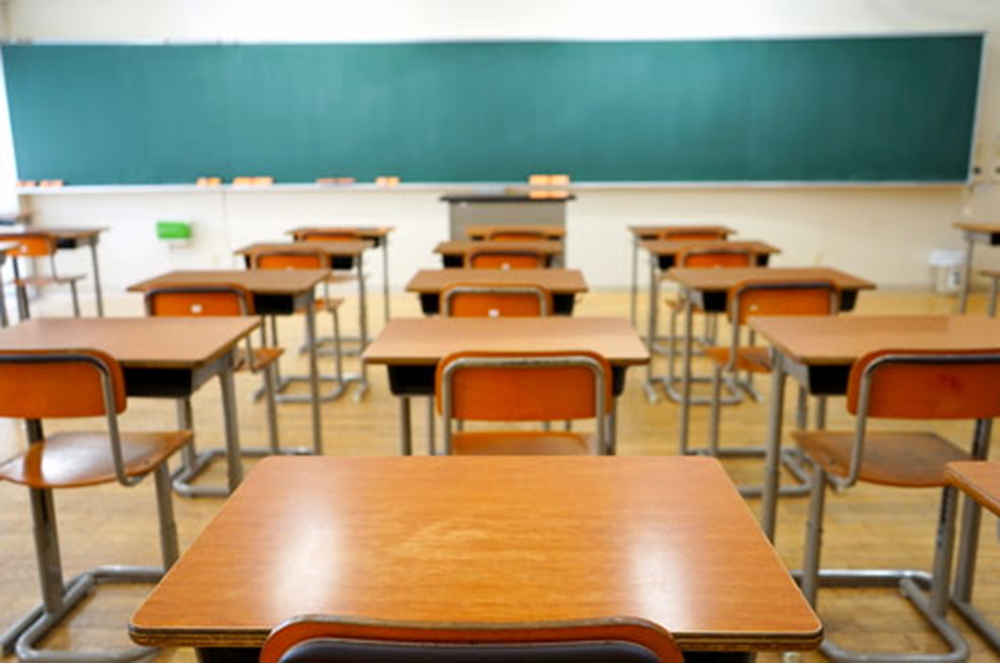Turkish private schools nowadays are in financial limbo. Many are facing financial hardship and austerity. Rising costs, inflation, taxes, and a sluggish economy are weighing on the bottom line. In addition, increasing regulations and red-tape are further hindering the schools’ margins and objectives.
Some schools have shut down while others have slashed spending. Even some schools are unable to pay their teachers’ salaries. Consequently, some teachers have walked off the job. What is more, many schools plan at the end of the 2020 school year to layoff teachers and staff.
Austerity started three years ago for Turkish private schools
A few years back, private school austerity started. At first, non-essential staff and elective class teachers were cut coupled with below inflation rate pay raises. Then it turned to contracting out services such lunch and security. After that, older teachers (40+) with experience were cut and replaced with younger teachers with mediocre salaries. Today, everybody is affected by the cuts, layoffs and stagnant salaries.
Furthermore, new scholarships at many private schools decreased to almost zero. Schools used to award many scholarships ranging from 25% to 120% for the best academic achievers. Also, schools were advertising on billboards all across the city looking to lure good students from public to private schools. However, in 2018-2019, everything changed. These same billboards didn’t mention almost anything about scholarships.
In addition, many schools are now focused mainly on students who fully pay instead of the good students on scholarships. As a result, the academic calibre of the student body has decreased. Now many schools are plagued with lazy and spoiled students.
Moreover, class sizes increased and teachers were given many more hours of teaching. Today, many schools are focusing on quantity rather than the quality of hours of teaching. Also, the class times have decreased to around 35 minutes per lesson on the average.
A decade ago, “good times”
A decade or so ago, private schools were popping up all over the place. Flush with cash, investment and easy credit, they grew like wildfire. Government incentives in the form tax breaks and credits were a double benefit for both schools and parents. One popular benefit, which is still available today but ends in 2020 is a private school grant program. It helps lower and middle class parents pay for private school education.
Moreover, private schools competed for the best students by offering scholarships and other benefits. Many poor and middle class students benefited. Also, the image and the prestige of the schools were elevated.
Furthermore, schools focused more on the educational side of the business. They hired the best teachers they could find in Turkey. Also, they recruited many foreign teachers for languages and other subjects. In addition, many extracurricular activities were offered.
What does the future hold for private schools?
- Private school consolidation
- Higher tuition fees
- Larger class sizes 22+
- Less experienced teachers with lower salaries
- Very few foreign teachers
- Lower caliber students
- Very few scholarships offered
- Reduced benefits for teachers
- More teaching hours for teachers 28+ hours a week
- Higher turnover
In conclusion, Turkish private schools are in financial limbo nowadays. With rising costs and a slow economy, the short term future looks bleak for many schools. Many people will lose their jobs and add to the already high unemployment rate. Also, poorer students will be unable to attend private schools on scholarships. At this point, the government should intervene and help out. They should reduce the taxes and extend educational grants to parents.

